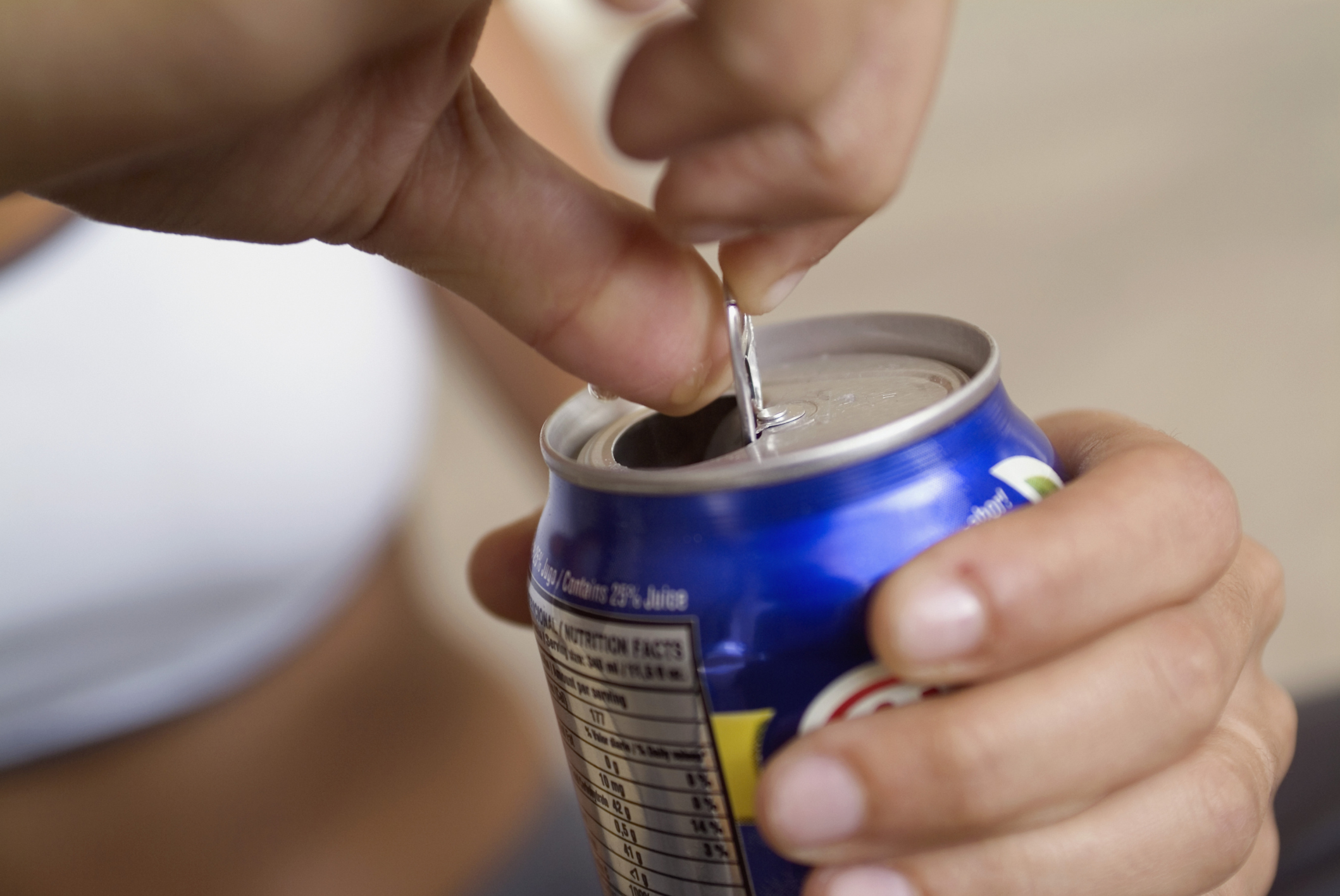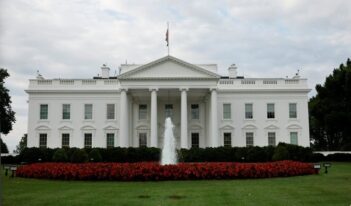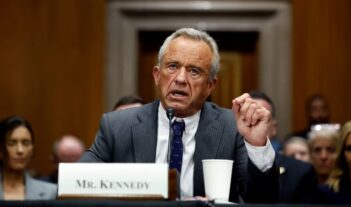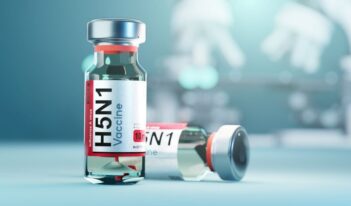
Scholar says price minimums and prohibitions on discounts must accompany sugary beverage taxes.
On any given day, half of all Americans consume at least one cola, fruit punch, lemonade, or other sugar-sweetened beverage. According to the Harvard School of Public Health, the average 12-ounce, 150-calorie can of soda contains the equivalent of ten teaspoons of table sugar. Studies have consistently demonstrated that sugary drinks contribute to obesity, gout, heart disease, and diabetes. Can instruments in the tax policy toolkit effectively counteract these consequences?
In a recent article, Jennifer Pomeranz of Temple University claims that policymakers should heed the lessons of successful tobacco control strategies—particularly, excise taxes—to reduce sugary beverage consumption. Attributing the steady decline in smoking rates chiefly to the introduction of cigarette excise taxes in all 50 states, empiricists and policy architects alike have argued in favor of replicating the strategy on sugary drinks, says Pomeranz.
Yet, although excise taxes are the most effective government intervention to increase cigarette prices according to the Centers for Disease Control and Prevention (CDC), Pomeranz stresses that excise taxes did not single-handedly shrink tobacco consumption. Rather, a combination of strategies—including indoor smoking bans, marketing limits and price increases—worked together to reshape social norms and decrease cigarette use. As such, the author recommends a sugary beverage taxation strategy coupled with a portfolio of policy options such as educational campaigns, serving size restrictions, and bans in schools.
Furthermore, in order for excise taxes on sugar-sweetened beverages to be effective, policymakers should also heed the drawbacks and weaknesses of tobacco taxation policy, says Pomeranz. Excise taxes need to be reflected in sugary beverages’ retail prices, which leads Pomeranz to urge policy makers to consider two complementary alternative-pricing strategies: minimum price mandates and prohibitions on coupons and discounts. These policy strategies, Pomeranz contends, can work together with strong excise taxes to keep sugary drink prices high and the incentive to buy them low.
States began imposing cigarette price floors in the 1940s to ensure fair competition among tobacco retailers, not to discourage consumption, says Pomeranz. As tobacco control advocates grasped the powerful deterrence effect that minimum price laws and regulations could have on consumption, approximately half the states fine-tuned them with specific public health goals in mind. However, price floors on cigarettes have not been particularly successful, Pomeranz explains. In fact, studies have shown that cigarette prices in states with even the most stringent price minimums do not differ much from those without price minimums.
Pomeranz says that price minimums in tandem with robust excise taxes can be a strong strategy to deter consumption. She argues, however, that three underlying deficiencies are to blame for the failure of cigarette price minimums. She explains that states with minimum price laws often levy extremely low excise taxes, do not restrict practices such as multi-pack discounting, and sometimes neglect to enforce cigarette price floor laws and regulations.
Public health advocates seeking to impose an excise tax on manufacturers of sugary drinks must learn from these failures, says Pomeranz. She argues that price minimums on sugary drinks are necessary to prevent manufacturers from spreading out the costs of an excise tax across all of their products, thereby marginally increasing all product prices and successfully deflecting the aim of the excise tax. To avoid the pitfalls faced by tobacco control advocates, Pomeranz calls on policymakers to adopt concurrently a sufficiently sizeable excise tax and a minimum price-per-ounce for sugary beverages. Together, these strategies would financially discourage Americans from purchasing sugary drinks and steer them toward healthier choices.
In addition to imposing high excise taxes and minimum price laws, policymakers would do well to ban discounting by sugary beverage manufacturers, says Pomeranz. In the case of tobacco, she highlights studies demonstrating the extreme price-sensitivity of certain groups—namely, heavy smokers, smokers trying to quit, and young adults. These segments of the smoking population, explains Pomeranz, are substantially more likely to react to cigarette taxes by finding ways to reduce the cost of smoking rather than trying to quit or reduce consumption. Economists have discovered that prohibiting retailers from accepting coupons, multipack promotional discounts, and the like effectively reduces consumption among these price-sensitive groups. Moreover, when the First Circuit recently upheld the legality of trade discounting bans on cigarettes in Providence, Rhode Island, the court cited evidence showing that discounting bans would reduce consumption by underage youth.
Pomeranz argues that this line of reasoning is directly applicable to sugary beverages. Young people are consuming more sugary drinks than ever before—more than adults—and they happen to be extremely price-sensitive. Additionally, studies credit discounts, coupons, and other promotions with driving 20-30% of all sugary beverage sales. Thus, policymakers seeking to enact a sugary beverage tax must seriously consider prohibiting price discounting as a way to fight manufacturers’ efforts to keep SSB prices low and consumption high.
Finally, Pomeranz suggests that the strength of minimum price laws and price discounting bans depends, in large part, on effective enforcement. She recommends the use of conditional licensing, which—as the name suggests—conditions a retailer’s license to operate on compliance with the law. Drawing from experiences with tobacco control, she points to Providence’s ordinance providing for license revocation should tobacco vendors violate coupon and price discount bans. Although Pomeranz concedes that conditional licensing has yet to be tested in the context of SSBs, she argues that enforcement ought to remain an integral part of the overall sugary drink tax strategy.
In conclusion, as architects consider excise taxes on sugary beverages in an effort to reproduce the public health victories of tobacco control, Pomeranz cautions that this alone will not minimize sugary drink consumption. Alternative pricing strategies—particularly, minimum price laws and trade discounting bans—are critical to the success of a sugary drink taxation policy. This triad of strategies—in conjunction with robust enforcement—says the author, hold the promise of reducing sugary drink intake and the health repercussions that accompany it.



